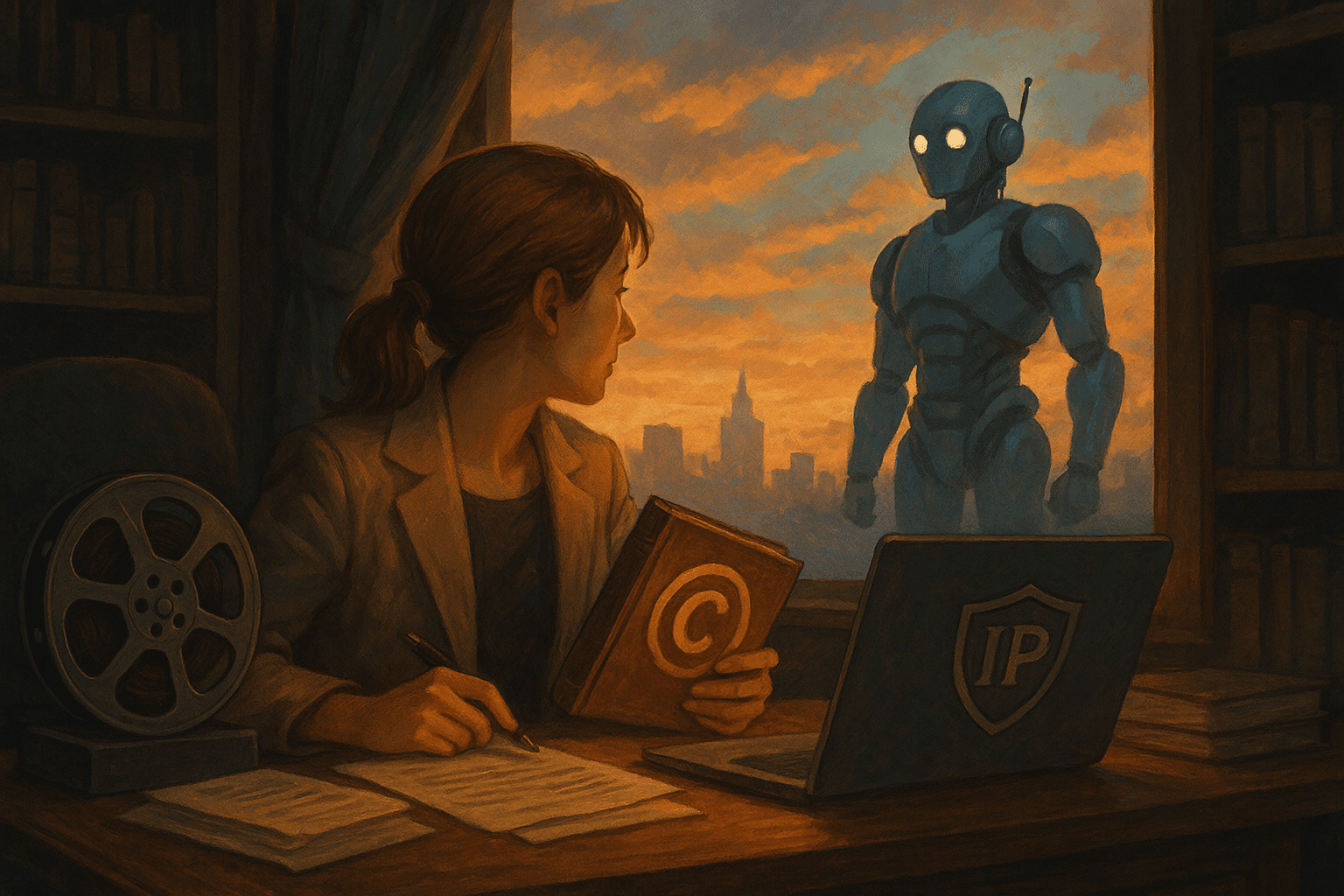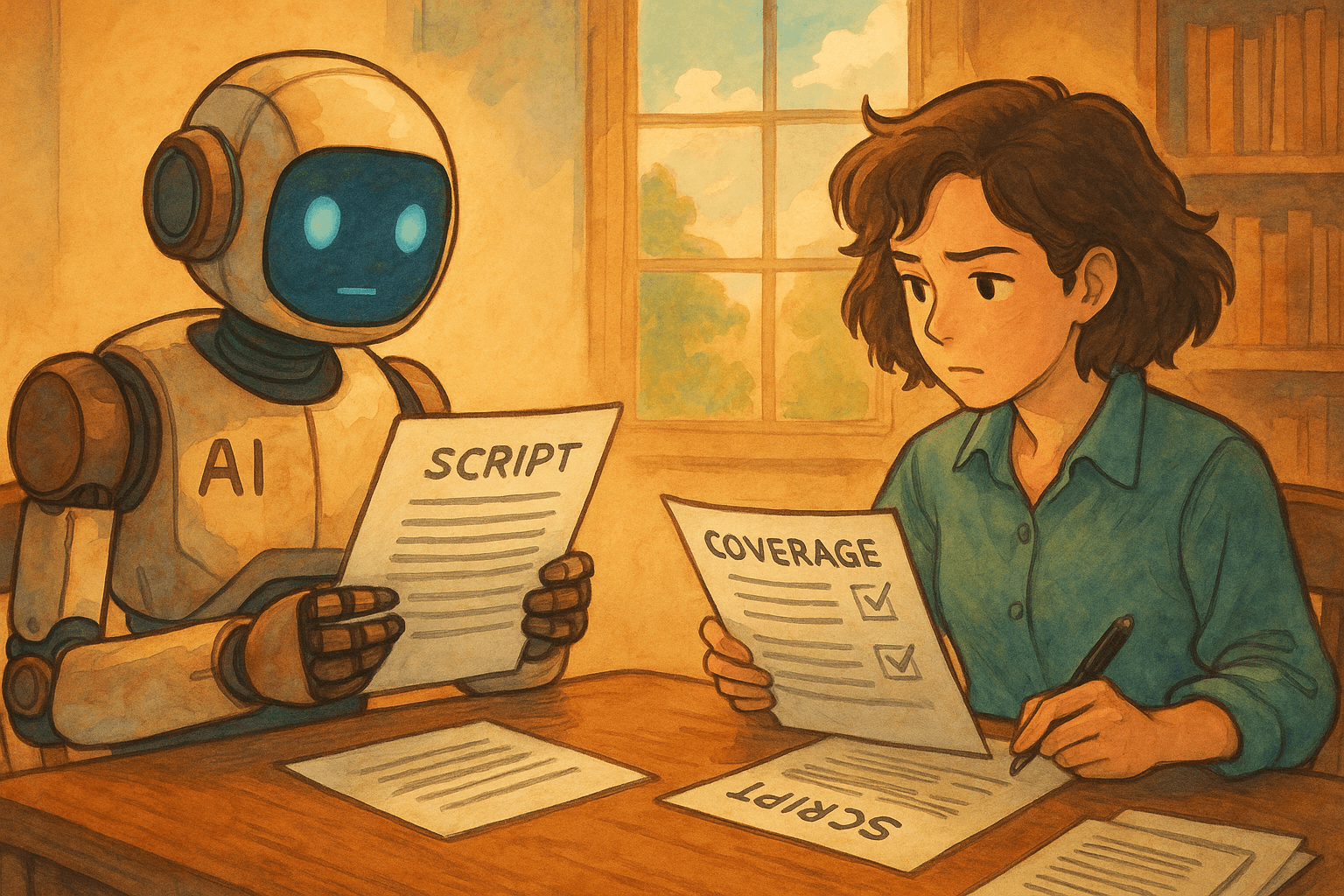The demand for high-quality video content to train AI video generation models is surging as more developers enter the field. This burgeoning sector presents both opportunities and challenges for content owners and creators.
The Current Demand for Video Content in AI Training
AI video generation models require vast amounts of video data for training. As the technology advances, the demand for diverse, high-quality content is growing, driving AI companies to seek out extensive video libraries.
Hesitancy from Major Studios
Major film and TV studios have shown reluctance to license their content for AI training. This hesitancy stems from concerns over potential misuse and the impact on relationships with creative partners. Consequently, AI companies are turning their attention to smaller U.S. and international studios with substantial content libraries.
Revenue Opportunities and Potential Drawbacks
Licensing content for AI training offers content owners an additional revenue stream from their existing libraries. However, it also poses potential drawbacks:
- Strained Relationships: Integrating creative work into AI models could strain relationships with writers, actors, and other stakeholders.
- Guild Terms: Entertainment guilds like SAG-AFTRA, WGA, and DGA have specific terms regarding AI use, which need to be navigated carefully.
Legal and Ethical Considerations
Guild Agreements
- SAG-AFTRA: Requires consent and payment for using an actor's digital likeness.
- WGA: Prohibits attributing AI as the author of scripts.
Use of Past Productions
There are currently no explicit restrictions preventing the use of past productions for AI training data. However, guilds reserve the right to challenge such uses, emphasizing the need for ongoing dialogue between stakeholders.
Legal Implications
Both union and non-union productions must consider legal implications beyond talent agreements. These include potential violations of performers' publicity rights and restrictions on using their likeness in AI-generated content.
Challenges with Third-Party Assets
The integration of third-party assets in film and TV content complicates licensing for AI training. Existing agreements may not address the ingestion of these assets into AI training datasets, adding another layer of complexity to the licensing process.
Legislative Efforts and Industry Collaboration
Legislative Efforts
Lawmakers are working to regulate AI use, protect creators, and prevent misuse, including the creation of deepfakes.
Industry Collaboration
Controlled collaborations with AI companies provide opportunities to shape the use of AI technology and mitigate risks associated with unauthorized content creation.
Weighing Financial Gains Against Long-Term Repercussions
Industry stakeholders must carefully consider the decision to license content for AI training. While there are significant financial gains to be made, potential long-term repercussions on relationships and creative integrity must be weighed.
In conclusion, the landscape of AI content licensing in the entertainment industry is complex and multifaceted. Careful consideration of legal, ethical, and financial implications is essential when entering into licensing agreements for AI training.
Citations
- Training AI with TV & Film Content: How Licensing Deals Look
- Licensing Your Movie and TV Content for AI Training: Can You? Should You?
- Why Generative AI Companies Will Pay Content Owners and Licensing Models That Will Emerge
- Breaking Down AI Content Licensing: All the Publisher Deals for Training AI Models
- Generative AI in Film & TV




